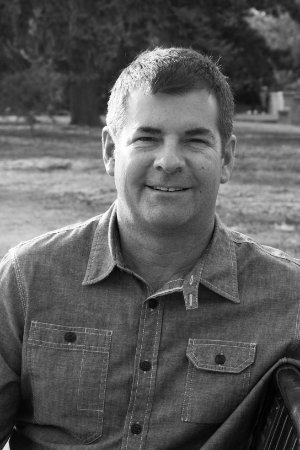As people age, the home where they grew up or raised their family may not be right for them anymore. Stairs pose barriers to people with arthritis. Steep roofs can be hazardous to tread. Large yards may require more work than desired.
For people living with Alzheimer’s disease and other forms of dementia, being safe at home takes on a whole new meaning. When memories fail and motor skills become diminished, the bathroom that is discreetly tucked away may be too hard to find. The easy-to-access doors may be inviting for wandering. Kitchens can be filled with hazards ranging from hot stoves to sharp edges.

The same holds true for the residential communities for people living with Alzheimer’s. Making those communities both safe and comforting for adults with dementia is a passion of Bill Brummett. The founder of William Brummett Architects and Concerto Consulting, a Denver resident who also serves on the board of the Alzheimer’s Association of Colorado, has been focused on this underserved community since his time in graduate school.
“After I earned my undergraduate degree in architecture, a report came out from a Senate Subcommittee on Aging that illustrated the coming tsunami of seniors, many of them frail," said Brummett. “I was accepted into a graduate program at University of Wisconsin's Institute on Aging and Environment, and had the great fortune to be mentored by two leaders in the field.”
Those professors showed Brummett that not only was there an aging boom coming, but that many of those individuals would develop Alzheimer’s and need different architectural accommodations to make life safe for them.
“In terms of design, it has a lot to do with redirecting people and supporting and encouraging helpful and soothing behaviors that may be different from people without dementia, such as wandering or rummaging,” said Brummett. “Forty years ago, the notion was to stop those behaviors and ‘act normal.’ Now it’s to be comforting and reassuring.”
Living his designs
To see the residential living experience through the eyes of his clients, Brummett will do a “sleep over” at an assisted living facility to get a first-hand feel for what it’s like to live there.
“I want to be treated like a patient,” he said. “I’m always amazed by just how hard the staff works.”
The other goal is to see the behavior of residents and how they respond to designs.
“As an architect, I’m trying to direct people into positive spaces and positive experiences,” Brummett said. “A typical old nursing home was cross-shaped with long corridors and a locked glass door at the end. People were attracted to the light at the end and would focus on trying to get out.”
Contemporary designs have no dead ends. Supply and treatment rooms are hidden, as are the exits.
“We softly take away things that could be dangerous and create safe spaces,” said Brummett.
For a memory care facility Brummett developed in Wheat Ridge, he designed it so that all dining, living and common spaces face an open but secure courtyard, which provides a safe “wandering garden.” All units are private and include a window seat, full bathroom and a wardrobe specifically designed for those living with dementia.
“The building was designed more like a residential street than an institution,” he said. It allows residents to enjoy nature in a controlled setting.
“There may be some discomfort for caregivers who want to protect their patient from all potential harm,” he said. “The pleasure of feeling snow on your face – with observance by a caregiver – is an acceptable risk.”
The COVID impact
Like everything else, projects in memory care have been affected – slowed or stopped – during the COVID pandemic.
“My concern is the COVID could start an overreaction regarding safety and result in settings being more hospital-like,” Brummett said. “That’s where we were in the ‘70s.”
Brummett is studying this challenge and looking at ways that technology may be incorporated to help control the COVID risk while keeping residents safe.
A personal connection
Brummett’s appreciation for the challenges facing Alzheimer’s caregivers is more than an occupation. His wife’s step-mother of 40 years was touched by the disease, and passed away from Alzheimer’s last summer one day before Brummett and his family were to visit her in Oregon.
“This is both a physical and cognitive disease,” Brummett said. “People afflicted with it progress through an awful sequence. The tendency is to want to isolate them. Our culture doesn’t want imperfection. I want to help soften that.”
A commitment to the Alzheimer’s Association
All of this has added up to Brummett’s long-term commitment to the Alzheimer’s Association of Colorado. After serving as a volunteer facilitator for the Memories in the Making art program, he found a match.
“I’ve been on a lot of non-profit boards, but I think the way our board operates is very effective,” he said. “The way the organization gathers funds and uses them to seek a cure and provide treatment is more successful than a lot of other organizations. I’m impressed with how much is raised and how much goes toward finding a cure. I’ve found my connection with the Association to be really valuable and meaningful.”
Alzheimer's Association
The Alzheimer's Association leads the way to end Alzheimer's and all other dementia — by accelerating global research, driving risk reduction and early detection, and maximizing quality care and support. Our vision is a world without Alzheimer's and all other dementia.™ For more information, visit www.alz.org or call the 24/7 Helpline at 800.272.3900.